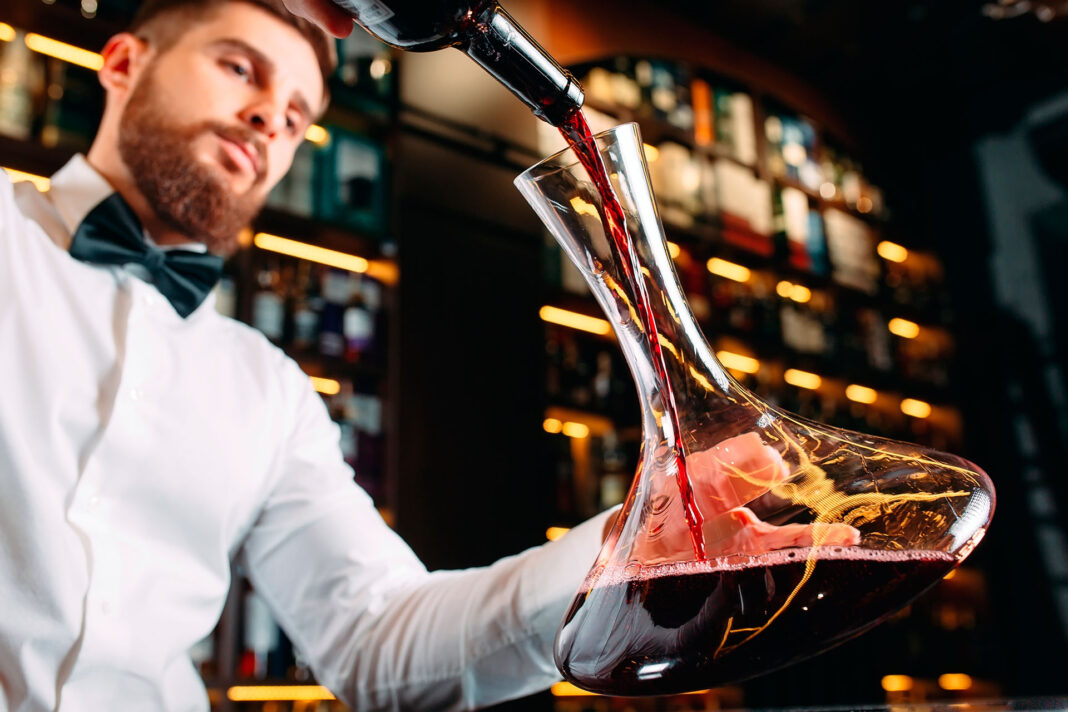Drinking wine is a pleasure we can all enjoy, but coming up with a detailed sensory analysis requires learning, time and practice. There’s no time like the present to get started!
When wine tasting, we learn to interpret our senses and translate what they’re telling us into an analysis of what we can see, smell and taste. Like anything, the more you practice, the more your analysis improves.
Choose a room with good lighting to help appreciate the colour of the wine and ensure there are no strong odours that might interfere with the wine’s aromas. Ideally, avoid wearing perfumes, creams or other scented products, and make sure that your mouth is clean and free from lingering flavours such as toothpaste, coffee or tobacco.
There are three stages involved in wine tasting. The first is to make visual observations about its appearance; tilt the glass at 45º against a white background to analyse its colour and intensity. The next phase is to assess the nose by making use of your sense of smell to identify aromas, one of the most pleasurable parts of wine tasting. Bring the glass to your nose and inhale gently without moving it. Then swirl around the glass and smell again; this activates the volatile aromas so they become more easily perceptible.
Wines gain up to three layers of olfactory intensity, perceived as primary, secondary and tertiary aromas. The primary aroma is typically from the grape variety itself or the fermentation process. The secondary aroma is derived from post-fermentation techniques, such as barrel ageing. The tertiary refers to the aroma gained over the years while ageing in the bottle.
In the tasting phase, we assess the palate by taking a sip of wine and savouring it fully. Breathe in while the wine is still in your mouth and breathe out through your nose to appreciate its characteristics through retronasal smell. Finally, the wine is spat out. In this way, you can describe and analyse parameters such as its levels of sugar (dry, semi-dry, semi-sweet or sweet); acidity; astringency (tannins typical of reds); and alcohol.
Like with the nose, primary, secondary and tertiary flavours describe different flavour profiles and intensities. The body is also assessed, which tells us how heavy or light it feels in the mouth. Then the finish, in other words, the aftertaste and persistence, identifies how pleasant the mouthfeel is and how long it lasts.
With all the above stages complete, conclusions are drawn about the wine’s style, quality, stage, ageing potential and possible price segment. Anyone can learn: a wine taster is not born, s/he is made.
Pedro J. Benasco Curbelo. Tasting Manager. DO V. Lanzarote




